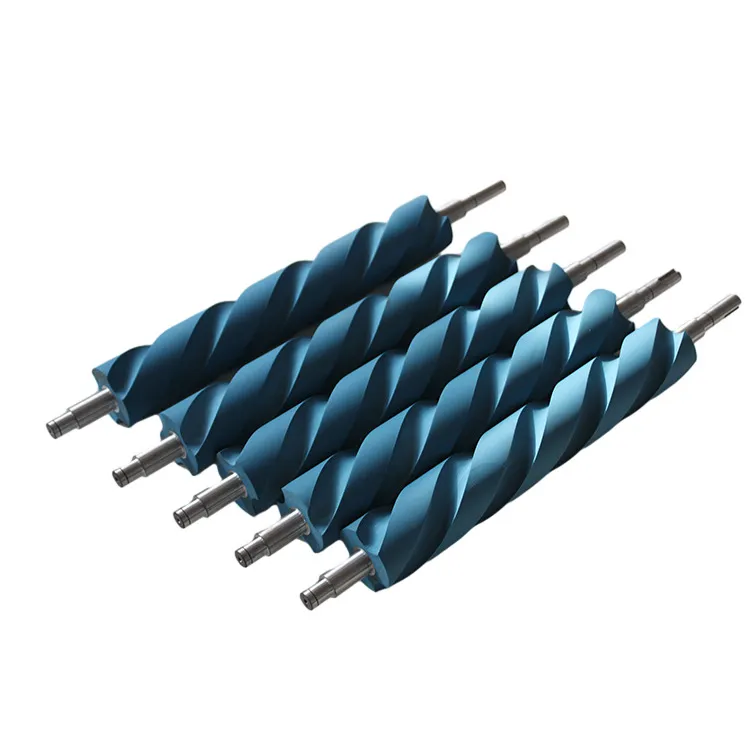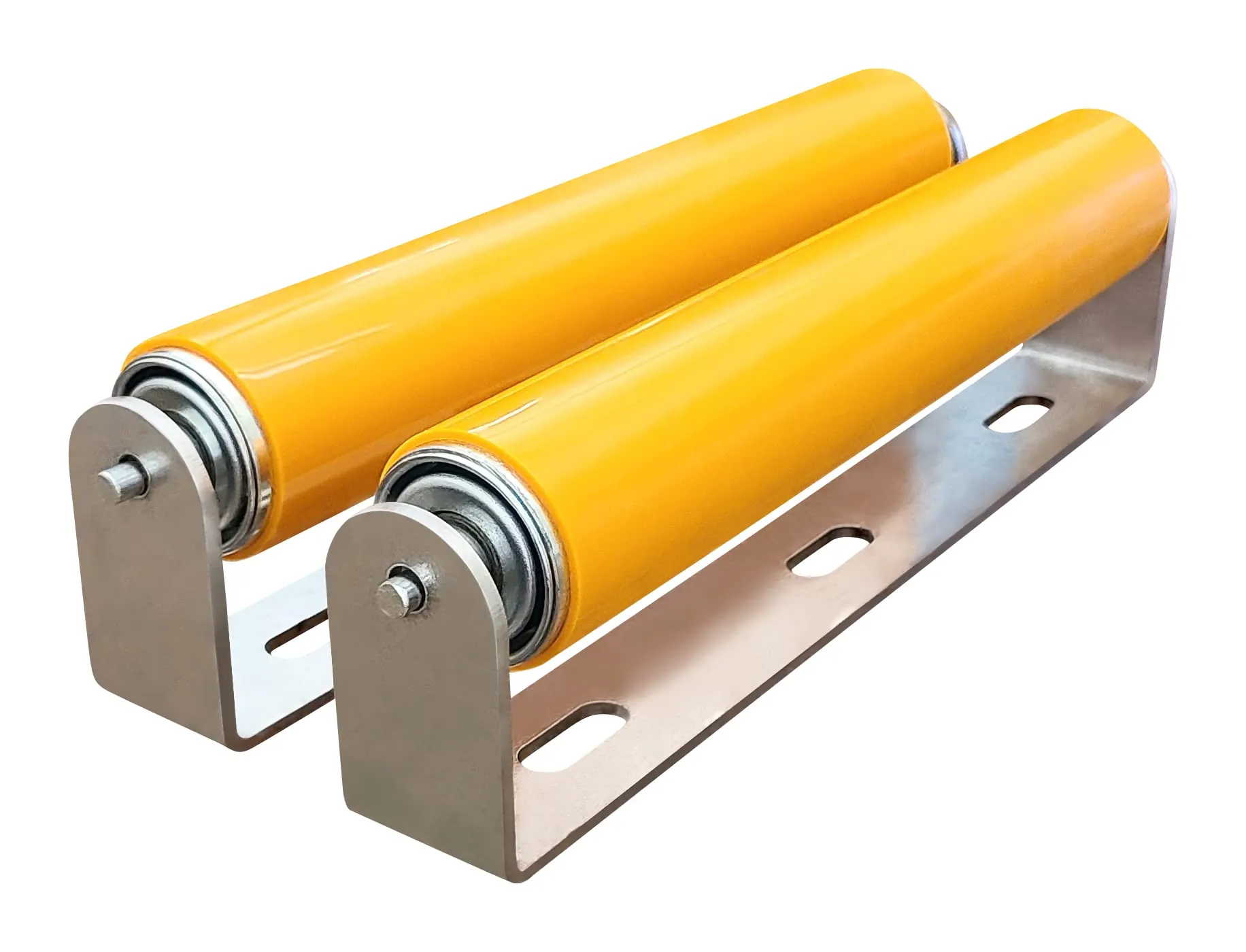With the increasing industrialization, metal rollers and rubber rollers are gradually becoming indispensable parts in the industrial production process. They have different fields of application and different functions, but they are all used to pass and transfer objects. In this paper, we will introduce the definition and role of metal rollers and rubber rollers in detail, and a comparative analysis of the two, in order to better understand the differences between the two materials.
1. The metal roller
Metal roller is a mechanical transmission element, made of one or more metal plates. It is usually used to transfer objects under high temperature and high pressure, with strong wear resistance and high temperature resistance, also has a long service life. Metal rolls are generally widely used in metallurgy, coal mining, light industry, papermaking and other industries, such as rolling mill rolls, polishing rolls, pressure wheels and so on.
However, metal rolls also have their drawbacks. Due to the latent tiny surface imperfections and burrs, metal rolls may produce indentations, scratches and damages on the surface of objects. Moreover, in some applications that require special care on the surface of the object, metal rollers are not up to the task.
2. Rubber roller
Rubber rollers are rollers made of rubber material, which can better cushion pressure and reduce damage compared to metal rollers. Rubber rollers are usually widely used in packaging, printing, textile and other industries, such as rubber band wheels, printing rollers, pressure rollers on winding machines and so on.
Although rubber rollers have excellent elasticity and cushioning ability, in some special applications, it also has some problems. Rubber rollers have relatively poor abrasion resistance, weather resistance and high temperature resistance, and are prone to aging, wear, cracking and deformation.

3. The difference between metal rollers and rubber rollers
- Different uses
Metal rollers are mainly used for transferring and transferring high temperature and high pressure objects, such as rolling mill rolls, polishing rolls, pressure wheels, etc.; while the rubber rollers are mainly used for buffering and transferring low-temperature and low-pressure objects, such as the printing rollers, the pressure rollers on the winding machine and so on. - Different materials
Metal rollers are usually made of one or more metal plates, which have excellent strength and rigidity; while rubber rollers are usually made of rubber materials, which have good flexibility and cushioning properties. - Different durability
Since metal rollers have good wear resistance, high temperature resistance and long service life, they require less maintenance during use; while rubber rollers have a shorter service life and therefore require more maintenance and replacement. - Differences in damage
Metal rollers may produce indentations, scratches and damages on the surface of the object; while rubber rollers can cushion the pressure well and reduce the damages.
To summarize, although metal rollers and rubber rollers are both essential transmission elements for industrial production, they have different materials and applications. If you need to pass and transfer objects under high temperature and pressure, you should choose metal rollers, and if you need to be especially careful with the surface of the object, you should choose rubber rollers to avoid damaging the surface of the object.









